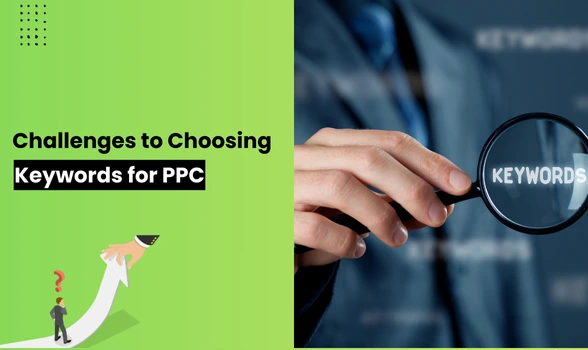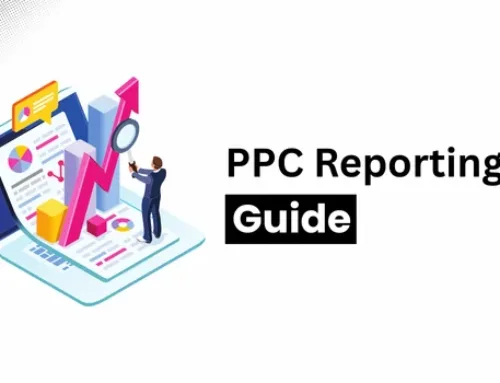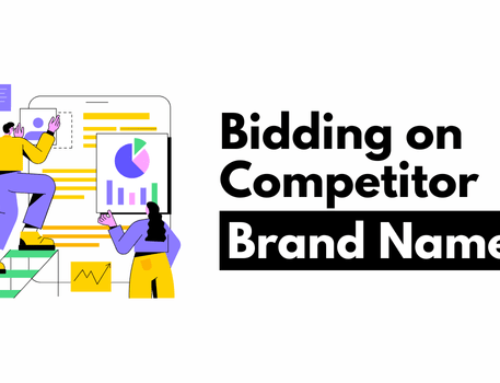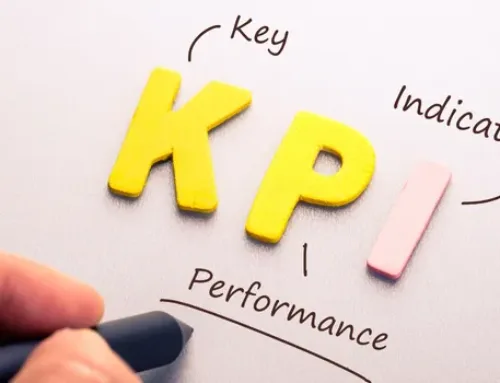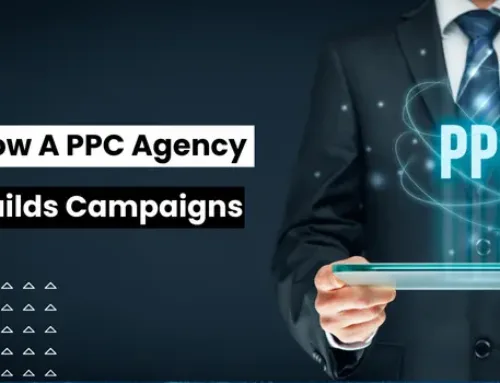Picking the right keywords for a PPC campaign can feel like solving a puzzle where the pieces keep changing shape. You think you’ve found the perfect combination, and then boom, the market shifts, the competition ramps up, or Google changes its algorithm.
Every PPC Agency knows that keyword selection is at the core of campaign success. A good keyword list brings in targeted traffic that’s ready to act. A bad one eats through your budget without producing meaningful results.
But here’s the thing: choosing keywords is more than finding popular terms with high search volume. It’s about matching those keywords with the right intent, balancing different keyword types, adapting to changes, and fitting them into a solid strategy.
Let’s look at the biggest challenges that PPC Agencies face when deciding which keywords to target and how to navigate them.
Identifying High-Intent vs. Low-Intent Keywords
One of the first steps in keyword selection is figuring out which keywords are worth your budget. It means distinguishing between high-intent and low-intent searches, something even experienced PPC Agency teams can get wrong.
High-intent keywords are the ones that signal purchase readiness. Words like “buy,” “order,” “hire,” or “near me” often indicate that the user is looking to act right away. These are usually your highest converting keywords because the searcher has already moved past the research phase.
Low-intent keywords are more educational or exploratory. These might start with “how to,” “what is,” or “best ways to.” While these searches can help fill your funnel with potential customers, they rarely lead to immediate sales.
Why is this tricky for a PPC Agency?
- Intent isn’t always obvious. A keyword like “affordable catering” could come from someone ready to order for an event or from someone just comparing prices for next year.
- The same keyword can act differently depending on season, location, or device.
Tips to handle this challenge:
- Segment campaigns by intent. Run high-intent keywords in one group and low-intent in another so you can control budget allocation.
- Use search query reports. Check the exact terms people use before clicking your ad to confirm their intent.
- Match ad copy to intent. High-intent ads should push for immediate action (“Book now”), while low-intent ads should offer value or education (“Learn more”).
Getting intent right can mean the difference between spending $1,000 on curiosity clicks or $1,000 on ready-to-buy clicks.
How Many Keywords Should You Have in Your Account?
This is one of the most common questions clients ask a PPC Agency: “Should we add hundreds of keywords so we don’t miss any opportunities?”
The truth is, more keywords don’t automatically mean better results. Having too many can make campaign management harder and slow down optimization. Think of your keyword list like a menu at a restaurant. Too many options overwhelm both you and your audience, but too few limit your reach. The goal is a well-curated selection that meets your strategy.
Problems with too many keywords:
- Your budget gets split into tiny portions, so no keyword has enough data for you to make smart decisions.
- You end up with duplicate or overlapping keywords competing against each other.
- It becomes time-consuming to analyze performance and make changes.
Problems with too few keywords:
- You might miss valuable search opportunities.
- Competitors can scoop up searches you’re ignoring.
Best practices:
- Starting with a focused list — 20–40 carefully chosen keywords per campaign is a solid starting point for many industries.
- Use the 80/20 rule — often 20% of your keywords will drive 80% of results.
- Gradually expand — add new keywords only after the existing set has proven performance.
Head Terms vs. Long Tail Variants
When building campaigns, PPC Agencies must decide how to balance head terms and long-tail keywords.
Head terms are short, broad keywords like “laptop” or “lawyer.” They have:
- High search volume
- High competition
- Higher cost-per-click (CPC)
Long-tail keywords are longer, more specific phrases like “lightweight laptop for college students” or “divorce lawyer in Chicago free consultation.” They usually have:
- Lower search volume
- More targeted traffic
- Often lower CPC
The challenge?
- Head terms: Expensive, competitive, and can be too broad, attracting unqualified traffic.
- Long tails: Can be so specific that they hardly get searched, making it hard to scale.
How do PPC Agencies manage this?
- Run head terms for awareness, but control bids to avoid overspending.
- Build long-tail keyword lists to capture high-intent, low-competition opportunities.
- Use search query reports to discover long-tail variations you might not have thought of.
Dealing With Algorithmic Changes & Search Trends
One of the trickiest parts of PPC management is that the rules are never fixed. Search engines frequently update how they match ads to keywords, which can completely change campaign performance overnight.
Common issues:
- Match type broadening: Google might start showing your ad for searches that are “close variants” of your keyword, which sometimes aren’t relevant.
- Shifts in intent: A trending topic can suddenly change the meaning of a keyword.
- Seasonal fluctuations: Keywords like “tax preparation” spike in early spring and drop sharply after.
How can PPC Agencies stay ahead?
- Monitor campaigns weekly for unusual changes in click-through rate (CTR) or CPC.
- Use Google Trends or similar tools to track emerging search terms.
- Have a budget buffer ready to capitalize on seasonal or viral opportunities.
In PPC, adaptability is as important as strategy; what worked six months ago might be outdated today.
Match Type Myopia
Match types (broad, phrase, exact) control which searches trigger your ads. PPC Agencies often fall into “match type myopia” — over-relying on one type without testing others.
Broad match gives a wide reach but risks irrelevant clicks.
An exact match is highly targeted but can be too restrictive.
Phrase match balances the two but still needs close monitoring.
Problems with the match type myopia:
- Wasted spend from irrelevant queries.
- Missed opportunities from being too restrictive.
- Poor quality scores if ads don’t match search intent.
Solutions:
- Use a mix of match types across campaigns.
- Regularly add negative keywords to filter out junk traffic.
- Test different match types for the same keyword to see what converts best.
Think of match types as fishing nets; broad nets catch everything, small nets catch only specific fish. The right choice depends on what you’re trying to catch.
How to Do Keyword Research for PPC?
Keyword research doesn’t have to be overwhelming. Even experienced PPC Agencies return to this simple process because it works. Here’s a simple three-step process:
- Use tools like Google Keyword Planner to find relevant searches in your niche.
- Group keywords by intent (buying, researching, informational).
- Test them in small ad groups, then refine based on performance data.
How to Do a PPC Keyword Gap Analysis?
This is one of the fastest ways for a PPC Agency to find “quick win” opportunities. A keyword gap analysis helps you find opportunities your competitors are using that you’re not.
- Export your current keyword list.
- Use tools like SEMrush or Ahrefs to see competitor keywords.
- Add relevant missing keywords to your campaigns and monitor performance.
Conclusion
Choosing keywords for PPC is part art, part science, and part detective work. Every PPC Agency faces challenges like distinguishing intent, balancing keyword volume, mixing head and long-tail terms, navigating algorithm changes, and avoiding match type pitfalls.
The secret to success?
Stay curious, keep testing, and be willing to adapt. In the world of PPC, the keyword you think you know today might surprise you tomorrow, and that’s exactly what keeps it interesting.
